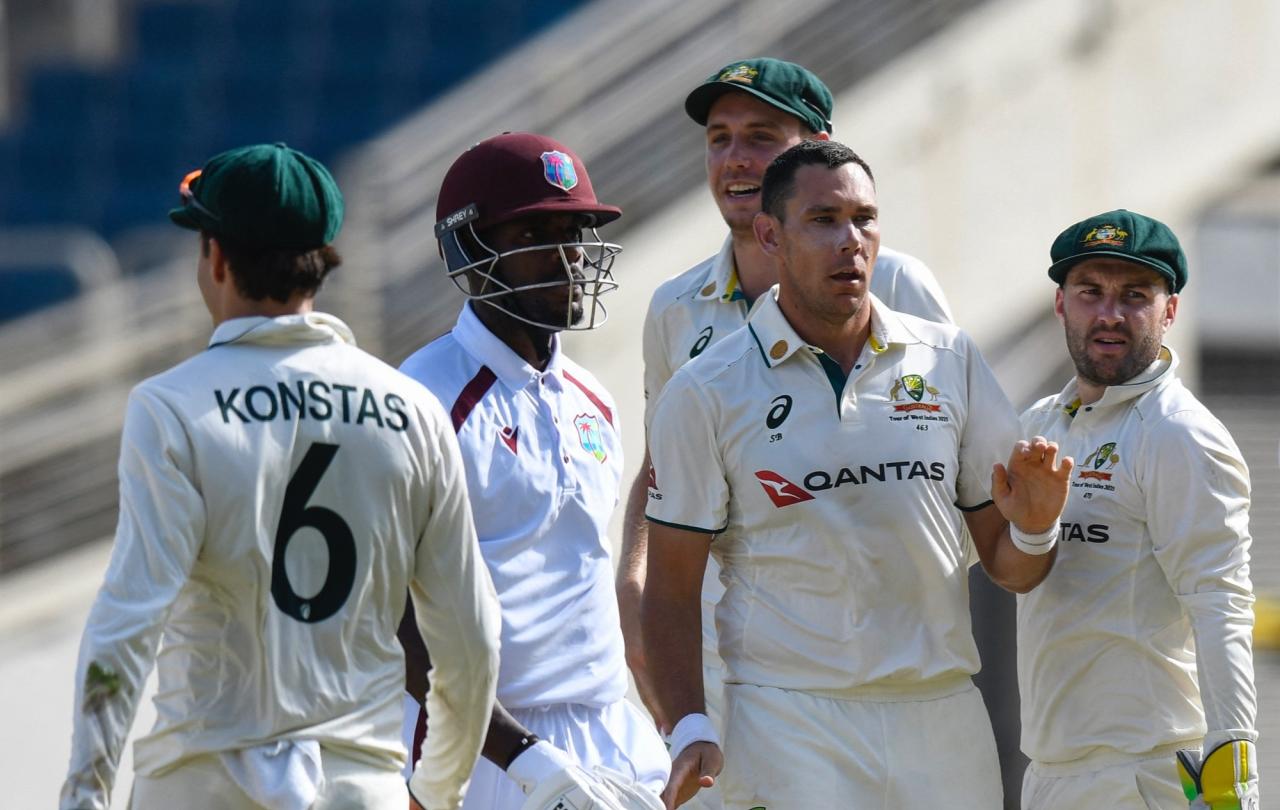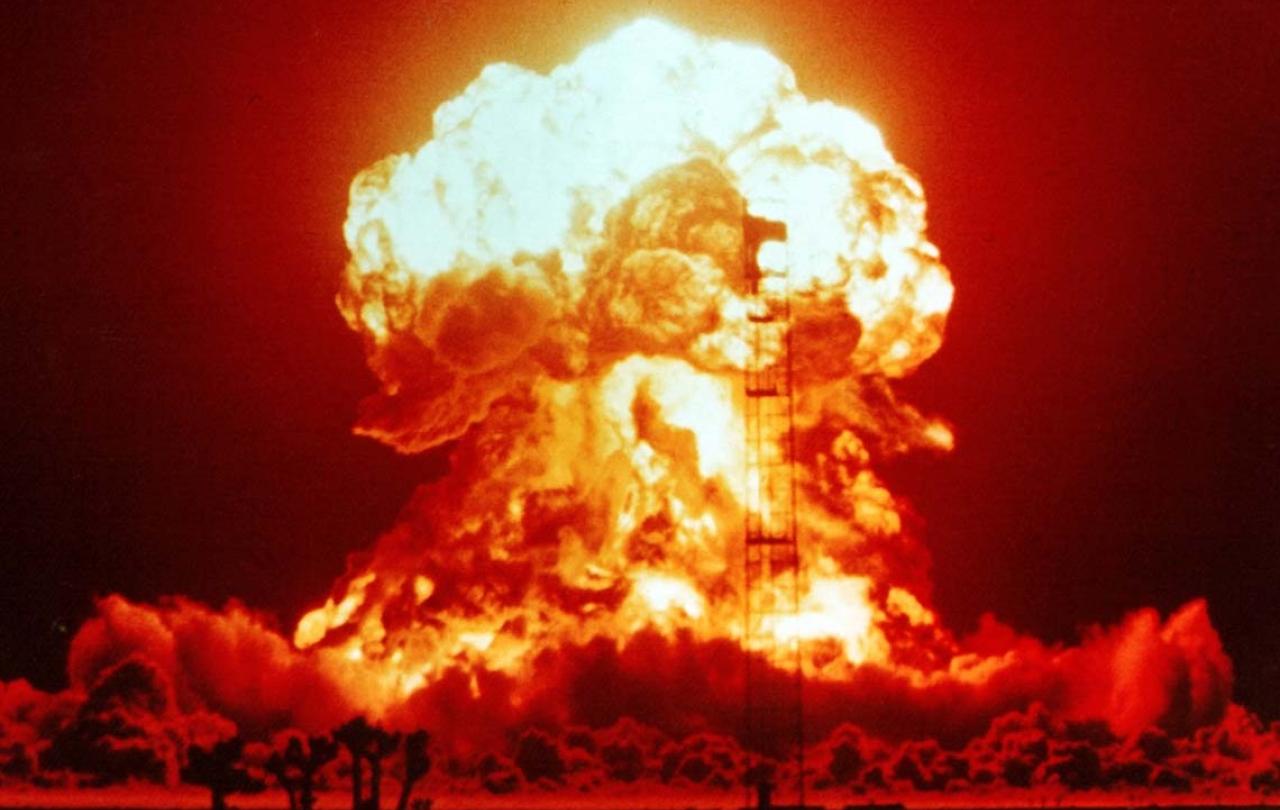
This past week, while England were beating India at Lords in a nail-biting, high-quality Test match which was in the balance until the very last ball, on the other side of the world in Jamaica, something tragic was unfolding. The West Indies were bowled out for the paltry sum of 27 runs against the fearsome Australian bowling attack, the second lowest total of any team in around 150 years of Test cricket.
Why tragic? People of my age remember the 1970s and 80s West Indies as one of the best cricket teams in the world. Superb bowlers such as Malcolm Marshall, Curtly Ambrose, Michael Holding and Joel Garner terrorised batsmen from Adelaide to Antigua, from Cape Town to Christchurch. They hurled down cricket balls at a frightening speed, whizzing past the heads of batsman who didn't even have the security of a helmet. At the other end, a succession of brilliant batsman like Viv Richards, Gordon Greenidge, Clive Lloyd and Alvin Kallicharan scored hundred after hundred, as together they made-up one of the greatest teams in the history of Test cricket.
Since then, a sorry mess of dried-up funding, poor governance, neglect of grassroots cricket, and the competition of other sports such as athletics or basketball, has seen the standard of West Indian cricket decline dramatically, especially at the most complex form of the game - international 5-day Tests. So, the 27 was not a huge surprise. Something catastrophic like that was bound to happen one day.
In those same 1970s, Wales boasted one of the best rugby teams in the world. Gareth Edwards, Barry John, JPR Williams and Phil Bennett were at the heart of a dazzling and brilliant team. Rugby is Wales's national sport, yet in recent years a similar story of incompetent governance, lack of funding, and an inefficient regional structure has led to its dramatic decline, and a harrowing 18-match losing streak, which finally came to an end with a narrow victory over Japan, hardly one of the world's greatest teams. Last year's Six Nations ended with an embarrassing 68-14 home defeat against the team they hate to lose to - England. The current Lions team contains no Welshmen at all - the first time since 1896.
Then there is the demise of Manchester United. “We’ve seen it all. We’ve won the lot. We’re Man United and we’re never going to stop” sing United fans at most games. All very grand, but these days they don't win anything. The great triumphs were back in the 1960s, and then the 90s and 2000s under the great Sir Alex Ferguson. After a takeover by the incompetent Glazer family, who have increased sponsorship revenue but leeched billions out of the club, and seem incapable of running a global football institution, United have declined dramatically, ending up 15th in the league last season, and with a failure to recruit new players this summer, look destined to do even worse next season.
The fall of such sporting giants often elicits a strong dose of Schadenfreude in opposition fans. I was moaning about the fortunes of Man United to a Chelsea-supporting friend recently. He had zero sympathy.
And yet there is something tragic about lost sporting glory. Watching the current West Indies, Wales and Man United teams getting beaten by mediocre opposition brings a heavy sense of sadness - even if you're not Welsh or West Indian. Like King Lear, reduced to wandering around a ‘blasted heath’ like a madman, Icarus falling to the sea after over-reaching, or Sisyphus, once a king, yet incurring the wrath of the gods and now condemned to eternally rolling a stone up a hill only for it to fall down the other side (sounds just like Man United’s recent seasons), these teams’ current manifestations can’t escape the glory that was once theirs but is no longer.
Fading sports teams are our contemporary memento mori.
“How the mighty are fallen.” The phrase comes from the Old Testament - when the young warrior David mourned for the slain King Saul. Reflecting on lost human glory was in the past thought to be a valuable thing. Churches up and down the country have effigies of dead local grandees, lying in stone with hands clasped in prayer, as a reminder that human glory fades, death comes to us all, that our wealth will be handed on to others, and the things we are most proud of most likely forgotten.
Scottie Scheffler, the world' No 1 golfer and who just won the British Open recently spoke about winning a gold tournament, having a brief sense of euphoria, which then vanishes within a few minutes as life returns to normal. He wondered aloud whether it was all worth it: “There are a lot of people that make it to what they thought was going to fulfil them in life, and you get there, you get to number one in the world, and they're like, 'what's the point?'”
Scheffler has made no secret of his Christian faith. It presumably lies behind his comments that golf can’t give what he called “fulfilment in the deepest places of your heart". And maybe that is the ultimate lesson of these teams that were once great and are no more - a reminder that sport can be a source of great joy and achievement, but ultimately is unable to satisfy our deepest longings, because its glory is fleeting.
Fading sports teams are our contemporary memento mori. As humans we somehow yearn for something permanent, unshakeable, eternal, what our forebears found in God, but we moderns struggle to find anywhere. Wordsworth’s classic questions: “Whither is fled the visionary gleam? Where is it now, the glory and the dream?” are echoed in the demise of sporting greatness, and the existential musings of Scottie Scheffler.
One day, every sportsman or woman, every team - in fact, every one of us - will experience what the West Indies, Wales and Man United experience right now. The flower fades and the grass withers. And perhaps in that moment of lost fame, we will find the wisdom to seek more lasting things than sporting glory.
Support Seen & Unseen
Since Spring 2023, our readers have enjoyed over 1,500 articles. All for free.
This is made possible through the generosity of our amazing community of supporters.
If you enjoy Seen & Unseen, would you consider making a gift towards our work?
Do so by joining Behind The Seen. Alongside other benefits, you’ll receive an extra fortnightly email from me sharing my reading and reflections on the ideas that are shaping our times.
Graham Tomlin
Editor-in-Chief





